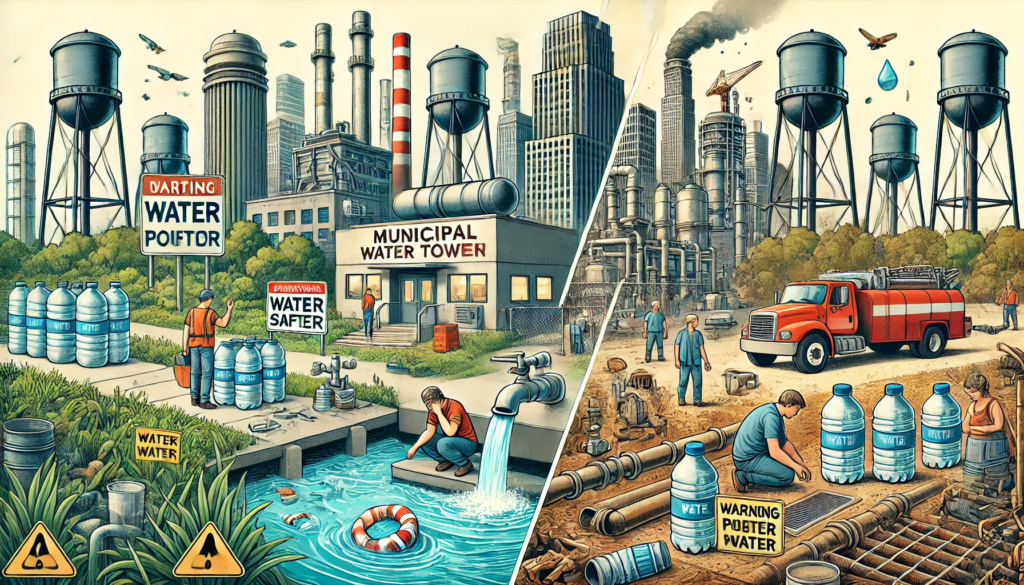*
EarthTalk®
From the Editors of E – The Environmental Magazine
Dear EarthTalk: If we’ve had the Safe Drinking Water Act in effect for 50 years already, why are so many municipalities having problems providing safe drinking water? – Mary Ford, New York, NY

The Safe Drinking Water Act (SDWA), enacted in 1974 under President Gerald Ford, established the first comprehensive framework for regulating and protecting America’s drinking water supply. This law ensured that the water reaching our homes is free from harmful contaminants and safe for consumption. It also gave the Environmental Protection Agency (EPA) authority to regulate drinking water contaminants and allow states to take the lead role in enforcing the SDWA. However, despite the SDWA’s provisions, many communities in the U.S. face challenges maintaining safe drinking water. Enforcement challenges and new pollutants have contributed to ongoing problems in water quality across these municipalities.
The SDWA, despite its successes, has struggled to keep pace with evolving challenges. Responsibility for enforcing the SDWA falls to state governments who have raised large concerns about environmental justice. Studies indicate that racial, ethnic and socioeconomic factors influence enforcement with under-resourced minority communities facing greater challenges in maintaining compliance with SDWA standards. These disparities are exacerbated by limited access to state and federal environmental programs like the SDWA, leaving vulnerable populations affected by contaminated drinking water. “In low-income communities, in Black communities and tribal communities, they’re more worried about their water than most folks,” says Julian Gonzalez, senior legislative counsel for the environmental group Earthjustice.
Increased contaminants in drinking water also pose challenges. Researchers conducted a study to evaluate private well water quality in Maryland, and analysis revealed that nearly half of the tested wells failed federal health-based drinking water standards. Since almost 44.5 million people across the U.S. rely on private wells, water testing and well maintenance could be required for public health safety. Additionally, studies conducted in Pennsylvania, Virginia and Wisconsin reported that around half of their private wells exceeded the SDWA contaminant standards. For municipalities to begin ensuring safer water for their citizens, regular monitoring of private wells and assessments of the water quality are needed.
Today, it is important to support policies that prioritize stricter regulations of the SDWA, and engage in efforts to protect our natural water resources from contamination. Individuals can participate in efforts to reduce pollution by disposing of hazardous waste properly and conserving water. “There’s just been a lot of real progress in terms of requirements, minimum standards, monitoring that is required, the collection of data…We just know a lot more about our water sources, where we get our water from,” Gonzales says.
CONTACTS: 50th Anniversary of the Safe Drinking Water Act: Why Isn’t Drinking Water Safer? https://www.nrdc.org/bio/erik-d-olson/50th-anniversary-safe-drinking-water-act-why-isnt-drinking-water-safer?
EarthTalk® is produced by Roddy Scheer & Doug Moss for the 501(c)3 nonprofit EarthTalk. See more at https://emagazine.com. To donate, visit https://earthtalk.org. Send questions to: question@earthtalk.org.
Viewers are encouraged to subscribe and join the conversation for more insightful commentary and to support progressive messages. Together, we can populate the internet with progressive messages that represent the true aspirations of most Americans.